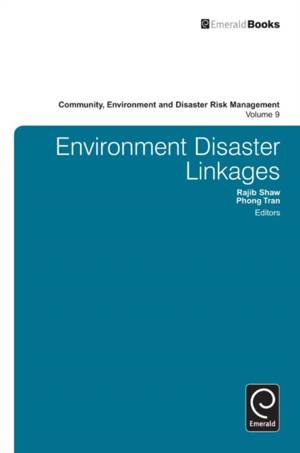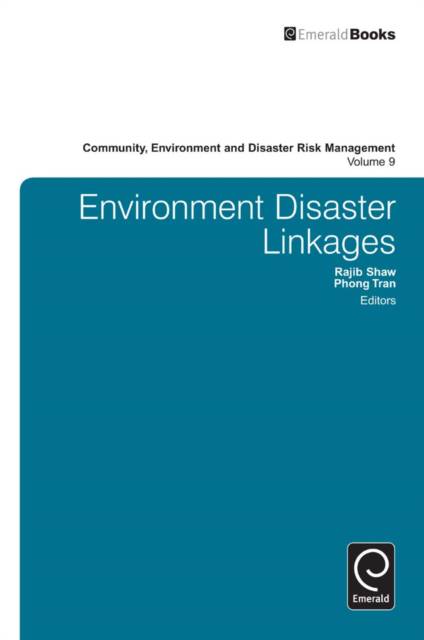
Je cadeautjes zeker op tijd in huis hebben voor de feestdagen? Kom langs in onze winkels en vind het perfecte geschenk!
- Afhalen na 1 uur in een winkel met voorraad
- Gratis thuislevering in België vanaf € 30
- Ruim aanbod met 7 miljoen producten
Je cadeautjes zeker op tijd in huis hebben voor de feestdagen? Kom langs in onze winkels en vind het perfecte geschenk!
- Afhalen na 1 uur in een winkel met voorraad
- Gratis thuislevering in België vanaf € 30
- Ruim aanbod met 7 miljoen producten
Zoeken
Environment Disaster Linkages
€ 335,45
+ 670 punten
Omschrijving
Disaster management has historically focused on reactive approaches, but a shift to proactive approaches is crucial for addressing concerns raised by the changing environment. A prime reason for the absence of proactive approaches in disaster/hazard management is the uncertainty or ambiguity present in the links between the environment and the hazards. This is one of the first books to focus on explicit linkages between the changing environment and disasters and suggests better approaches towards disaster management. A ready-reference for field practitioners it combines academic research and field practices and covers areas such as: elements of environmental entry (water-related disasters, desertification and land degradation, typhoon risk management, catastrophic flood and forest management, and coastal issues); impacts of environment and disaster (livelihoods impacts, human health: post-disaster waste management); and strategies, planning and the way forward (climate change adaptation as a planning tool, urban planning and land use planning, mangrove management as a coastal planning tool, and environment disaster education and risk communication).
Specificaties
Betrokkenen
- Uitgeverij:
Inhoud
- Aantal bladzijden:
- 369
- Taal:
- Engels
- Reeks:
- Reeksnummer:
- nr. 9
Eigenschappen
- Productcode (EAN):
- 9780857248657
- Verschijningsdatum:
- 17/01/2012
- Uitvoering:
- Hardcover
- Formaat:
- Genaaid
- Afmetingen:
- 155 mm x 231 mm
- Gewicht:
- 680 g

Alleen bij Standaard Boekhandel
+ 670 punten op je klantenkaart van Standaard Boekhandel
Beoordelingen
We publiceren alleen reviews die voldoen aan de voorwaarden voor reviews. Bekijk onze voorwaarden voor reviews.








